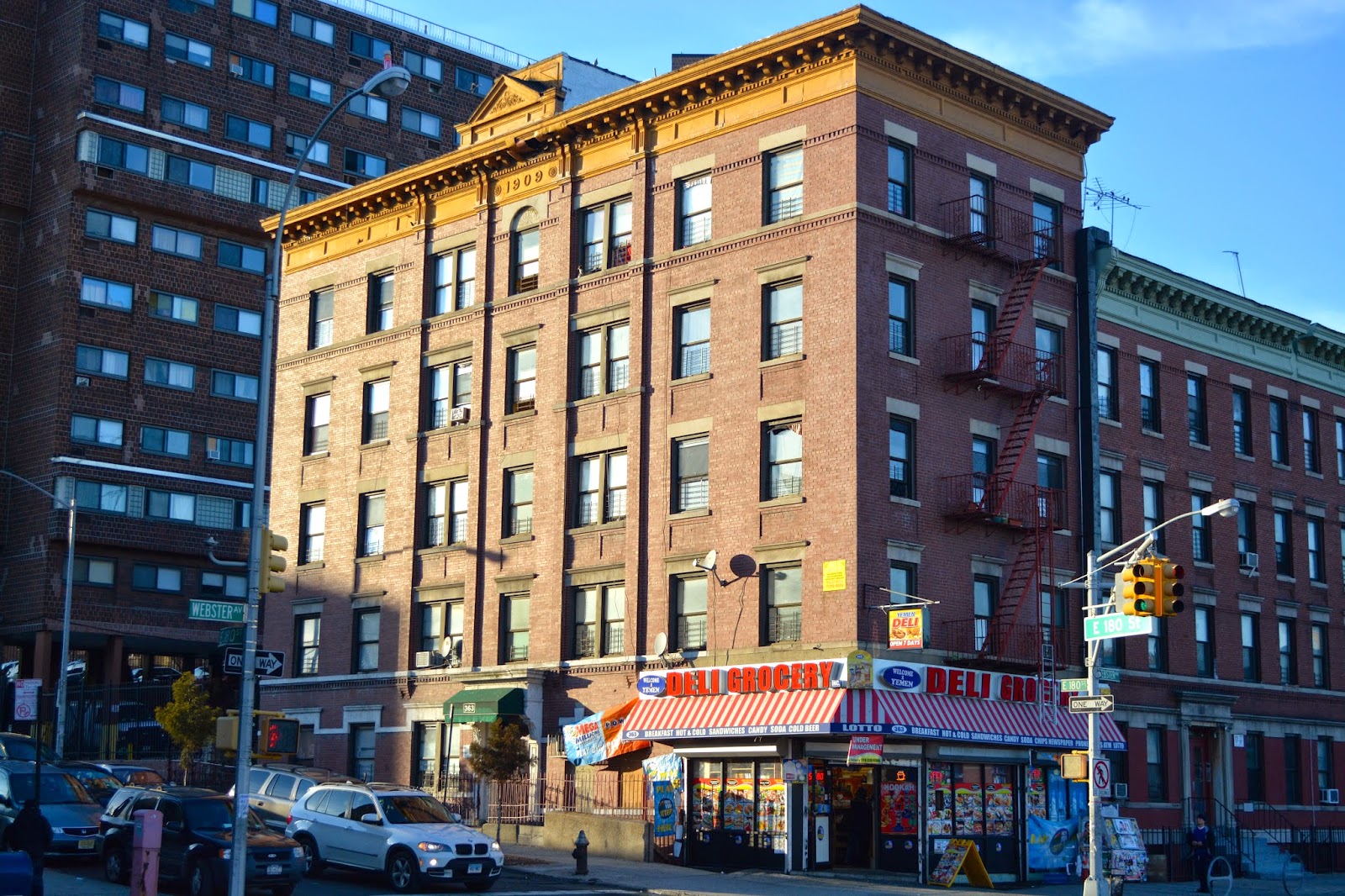The alley led to a courtyard. The noise of diesel trucks, screaching tires and car horns was behind us. We had left that world--the noise and congestion of the lower east side--and entered the next, in this sunny courtyard sandwiched between Second Avenue and the Bowery.
Nicole and I took a look around, and saw perhaps the most unusual cemetery we had ever seen. The grass is green and well kept. The height restriction in this lower east side neighborhood has preserved natural sunlight in all directions, and flowers bloom. Underneath, a final (and not so) final resting place.
This stately courtyard is flanked by vaults that were purchased by affluent New Yorkers in starting in the 1830s. The vaults lead to chambers, fortified with marble stone imported from Westchester County. The families could purchase a vault in advance, knowing that they and their loved ones could rest secure in their marble palace.
Why all the stone security? Concerned with outbreaks of cholera and yellow fever, Gothamists were finally starting to get leery of burying corpses right next to sources of drinking water. A man by the name of Perkins Nichols selected a site on Second Avenue between 2nd and 3rd streets which was uptown in those days. Over time, some of the corpses were actually removed and reburied in Westchester County. The last burial at Marble Cemetery took place in 1937, and after neglect, portions of the cemetery fell in to disrepair.
Fortunately, volunteers have taken to restore the damaged walls, and some of the volunteers are descendants of the families who first purchased the rights to these vaults over 170 years ago. One such volunteer was sharing her experience with tourists.
"I'm going to be buried right there," said the volunteer, pointing towards the east wall. "Right underneath that pumpkin."
"It's like Ancient Egypt." said the tourist.
The guide didn't flinch.
"It's 19th Century New York."
Now that winter is over, the cemetery is again open for visits on the fourth Sunday of the month, noon to 4 pm, now until October. If you want a gentle respite from texting pedestrians and crazy cab drivers who seem intent on sending you to an early grave, stop on by. It may add years to your life.











































